
Polaris Industries Star Logo Polaris RZR, PNG, 500x502px, Polaris Industries, Black And White
The North Star: Polaris Constellation: Ursa Minor Star Type: F-Class Supergiant Mass: 4.5 times the mass of the Sun Luminosity: 2,500 times brighter than the Sun Diameter: 70 million km (50 x the Sun) Temperature: 5,700 Celcius Distance From Earth: 430 light-years Rotation Period: 119 days
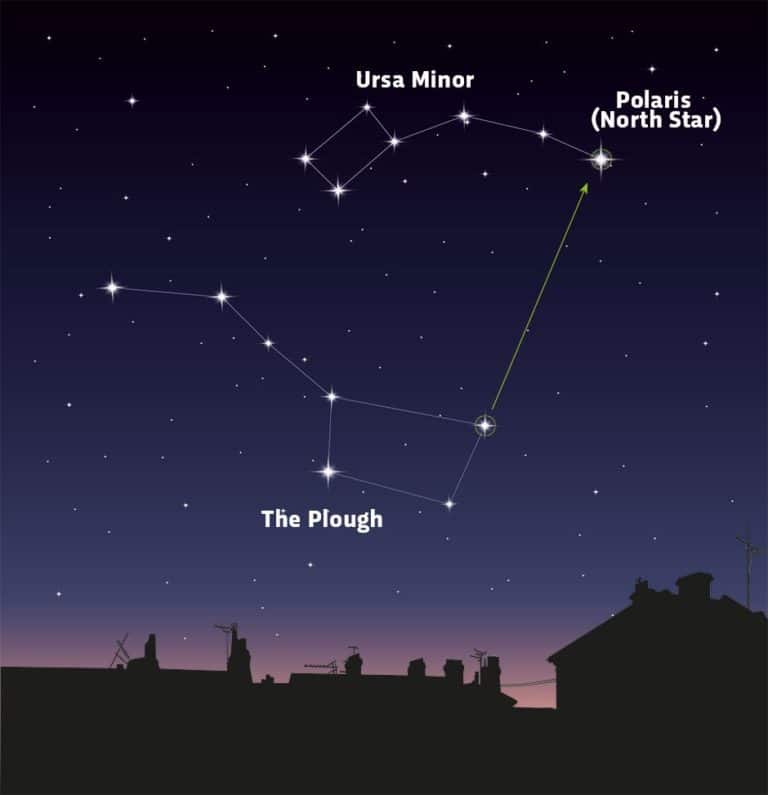
Polaris (Star) Facts For Kids Summary, Structure & Formation
Polaris Statistics Also Known As: Polaris A, Alpha Ursae Minoris, Pole Star, North Star Distance From Earth: 430 light years Constellation: Ursa Minor Star Type: F Class Supergiant Mass: 4.5 x Sun Luminosity: 2,500 x Sun Diameter: 44 million miles (70 million km) - 50 x Sun Temperature: 5,700C (10,300F) Age: Unknown Rotation Period: 119 days

The North Star Polaris Facts, Location, and How to Find It
Polaris, also designated as α Ursae Minoris (alpha Ursae Minoris), is a variable and multiple supergiant star in the constellation of Ursa Minor . Polaris visual magnitude is 2.02, making it the 51th brightest star in the sky. Thanks to its high brightness, Polaris is clearly visible when observed from locations with dark skyes, and should be.
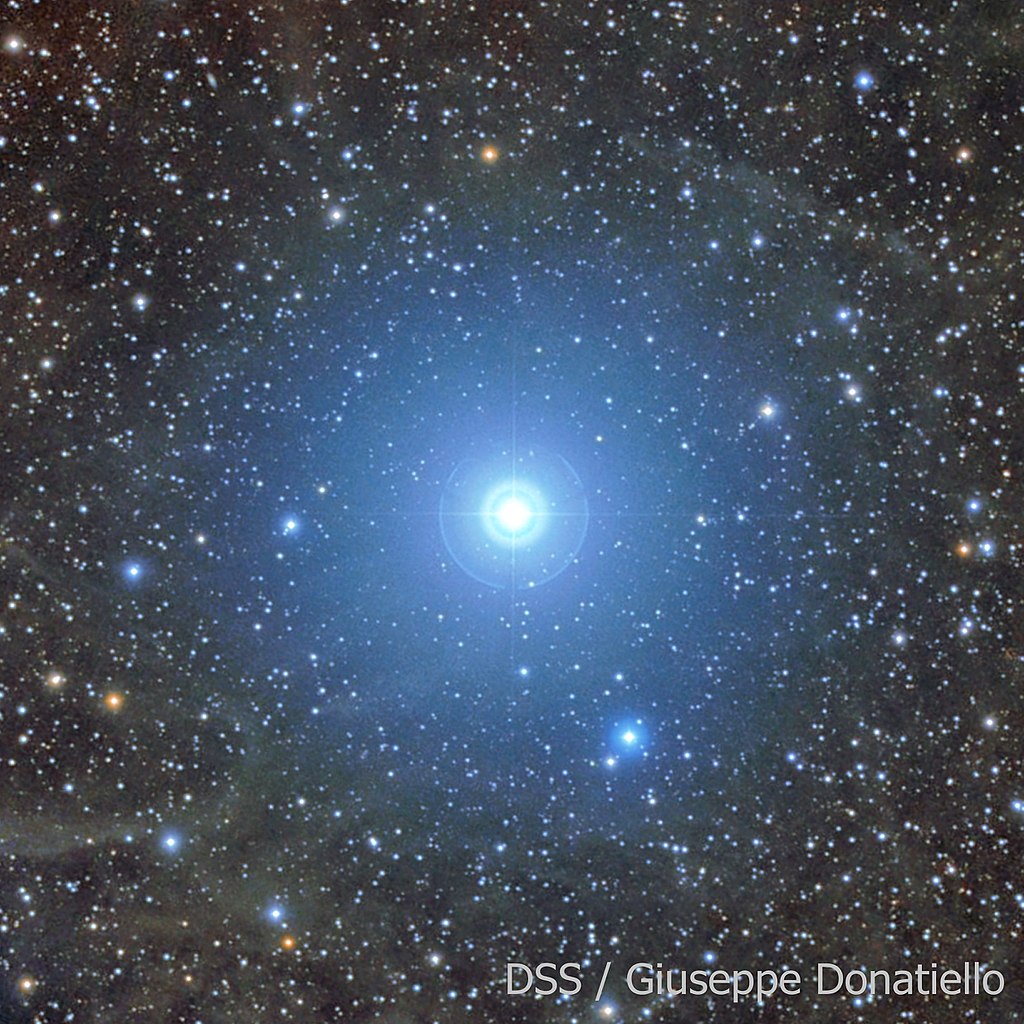
Polaris (North Star) Star Facts
Polaris ( Alpha Ursae Minoris) is the Pole Star or North Star. It is the brightest star in the constellation Ursa Minor. It is almost straight above Earth 's North Pole. Because of this, when it is seen from Earth, it looks like it always stays in the same place in the sky.

Some Coolest Star Names That Are Famous in Our Galaxy pepNewz
The North Star or Pole Star - aka Polaris - is famous for holding nearly still in our sky while the entire northern sky moves around it. That's because it's located very close to the north.
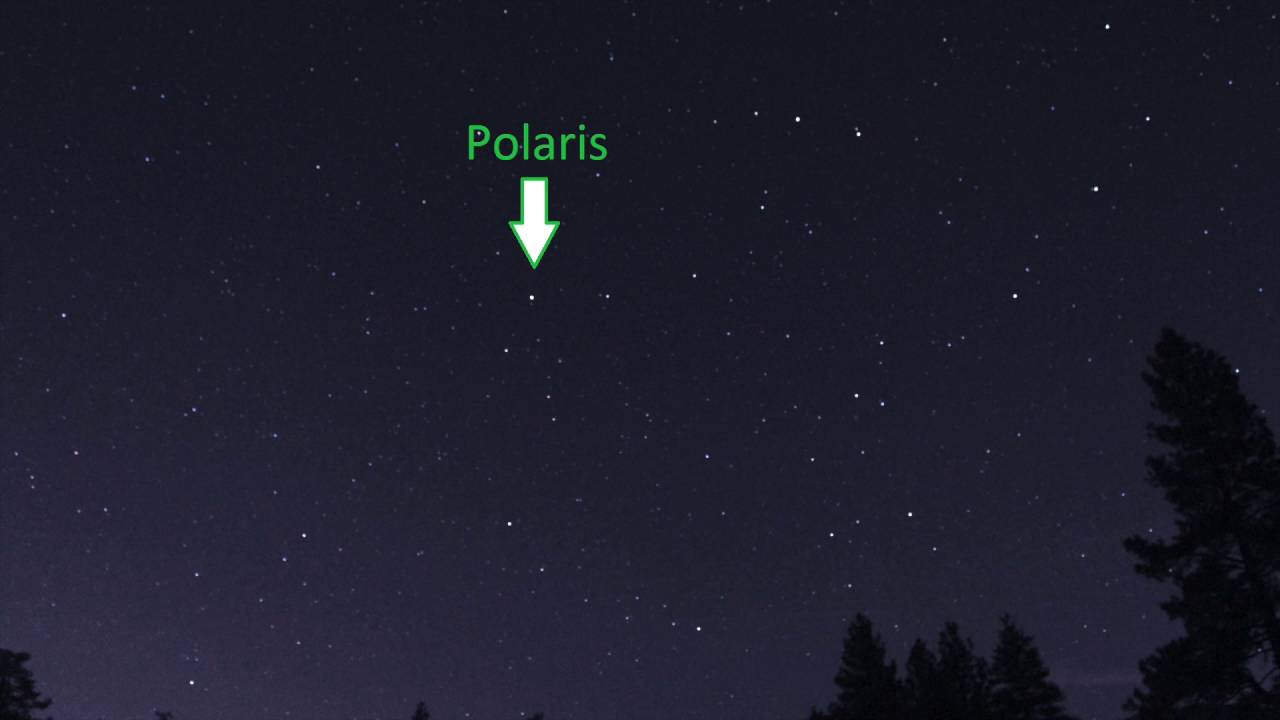
Polaris (Star) Facts For Kids Summary, Structure & Formation
Polaris star color. All three stars in the Polaris system are of spectral type F. Such stars are typically white or yellow-white in color. However, their yellowish hue is very faint, so most stargazers will see Polaris as a white, medium-bright star. With the unaided eye, observers will only spot the light of the main star, a yellow supergiant.

How to Find 'Polaris' the North Star 4 Steps (with Pictures)
Polaris is a "pulsing" star, a type of star also known as a Cepheid variable, which means that it appears to vary in brightness ever so slightly — only one tenth of a magnitude — over a time.

Polaris Star Wallpapers Top Free Polaris Star Backgrounds WallpaperAccess
The Polaris star is the brightest star of the Ursa Minor constellation. It is a triple-star system with three stars. These distant stars form the north stars of the Ursa Minor constellation. North stars of the Polaris system are variable stars that decorate the northern sky. The word Polaris is a short form for Stella Polaris, which in Latin.

Polaris Star Wallpapers Top Free Polaris Star Backgrounds WallpaperAccess
The North Star, Polaris, is a Cepheid variable: one whose mass, age and physical conditions generate periodic oscillations with a period proportional to the star's intrinsic luminosity.

Polaris the Double Star r/Astronomy
Polaris is one of the most searched-out stars in the northern hemisphere sky. It turns out that there's more than one star at Polaris. It's really a triple star system that lies around 440 light-years away from Earth. The brightest is what we call Polaris.

Картинки по запросу polaris star Writing, Blog, Nebula
Polaris, Alpha Ursae Minoris (α UMi), commonly known as the North Star, is the closest relatively bright star to the north celestial pole. It lies at an estimated distance between 323 and 433 light years (99 to 133 parsecs) from Earth and has an apparent magnitude that varies between 1.86 and 2.13.

the sun North star, Polaris star, Astrophotography
Polaris is actually a triple star. It is located about 447.6 light-years from Earth and is the closest Cepheid variable.

The First Star — POLARIS is the brightest star in the constellation...
The Polaris goes from yellow to white. Because it sometimes shines bright, and sometimes, it dims out. Besides, Polaris is a triple-star system. The primary star is the supergiant star because of its mass. That is six times of sun. The primary star is Polaris A, and the other two are Polaris Ab and b. Now you know the color of Polaris.
Polaris star constellation UPDATED
Polaris is also called Alpha Ursae Minoris, because it's the brightest star in Ursa Minor, the Little Bear (also known as the Little Dipper). It is actually a multiple-star system made up of at least three stars. The largest star in the system is called simply Polaris A, and is a supergiant that has about six times the mass of the sun.

10pcs Gold Silver Color Polaris Star Charms for Earring Necklace Pendant Diy Jewelry Making
Polaris is a star in the northern circumpolar constellation of Ursa Minor. It is designated α Ursae Minoris ( Latinized to Alpha Ursae Minoris) and is commonly called the North Star or Pole Star.
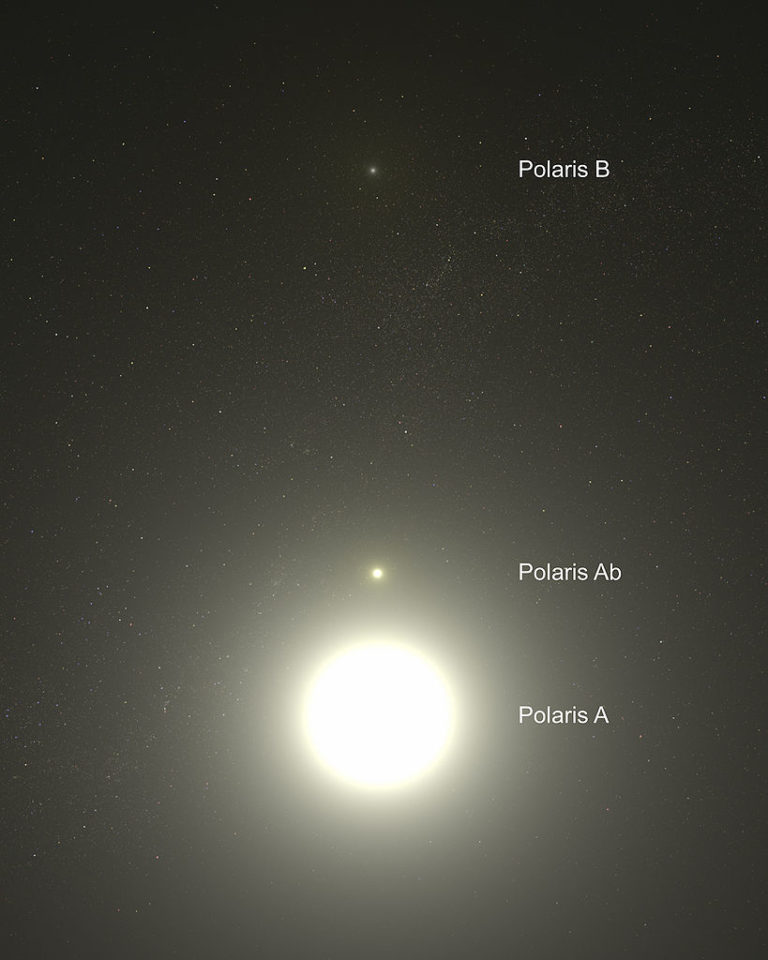
Polaris (North Star) Star Facts
Polaris is a yellow-hued star, classified as a supergiant, located in the constellation Ursa Minor. Its coloration is due to its surface temperature, which is approximately 6,000 K. Stars come in a variety of colors, ranging from red to blue, depending on their surface temperature.